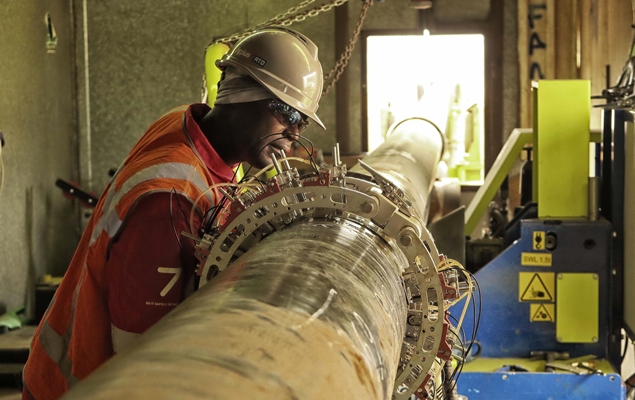Subsea 7 owns the world’s largest fleet of vessels for the installation of infrastructure for offshore oil and gas fields. In light of a highly competitive market and a development towards increasingly deeper drilling work, the company is seeking to use new materials. The aim of this is to reduce the weight on board the vessels and consequently their size and to provide more protection for the trawl pipelines. “Our culture is mainly based on steel welding, explained Steven Dilosquer, Manager of the Subsea 7 structure department. We decided to train our engineers and technicians in composite materials. We called on Cetim as we were satisfied with its proactiveness during previous expert investigations and because we are working together on evaluating our innovation strategies.”
A case study
An initial session of four days took place in October 2014 and a second was held in June 2015. The agenda for this session included the presentation of composite materials and their strongest components; the design approach of the composite structure; the structural design dimensioning technique; the use of the materials, etc. These sessions were all based on a case study of a Subsea 7 subsidiary which works on the protection of deep sea pipelines. At the end of these training sessions, the trainees are proficient in the design of a composite material structure. Furthermore, they should use this proficiency in the near future on two projects that are currently under study. In addition to direct applications, “the training helped to change the mind-set of our engineers to offer more innovative technological solutions, related Steven Dilosquer. They now have a base to assess new ideas while controlling the risks related to composite materials.”


